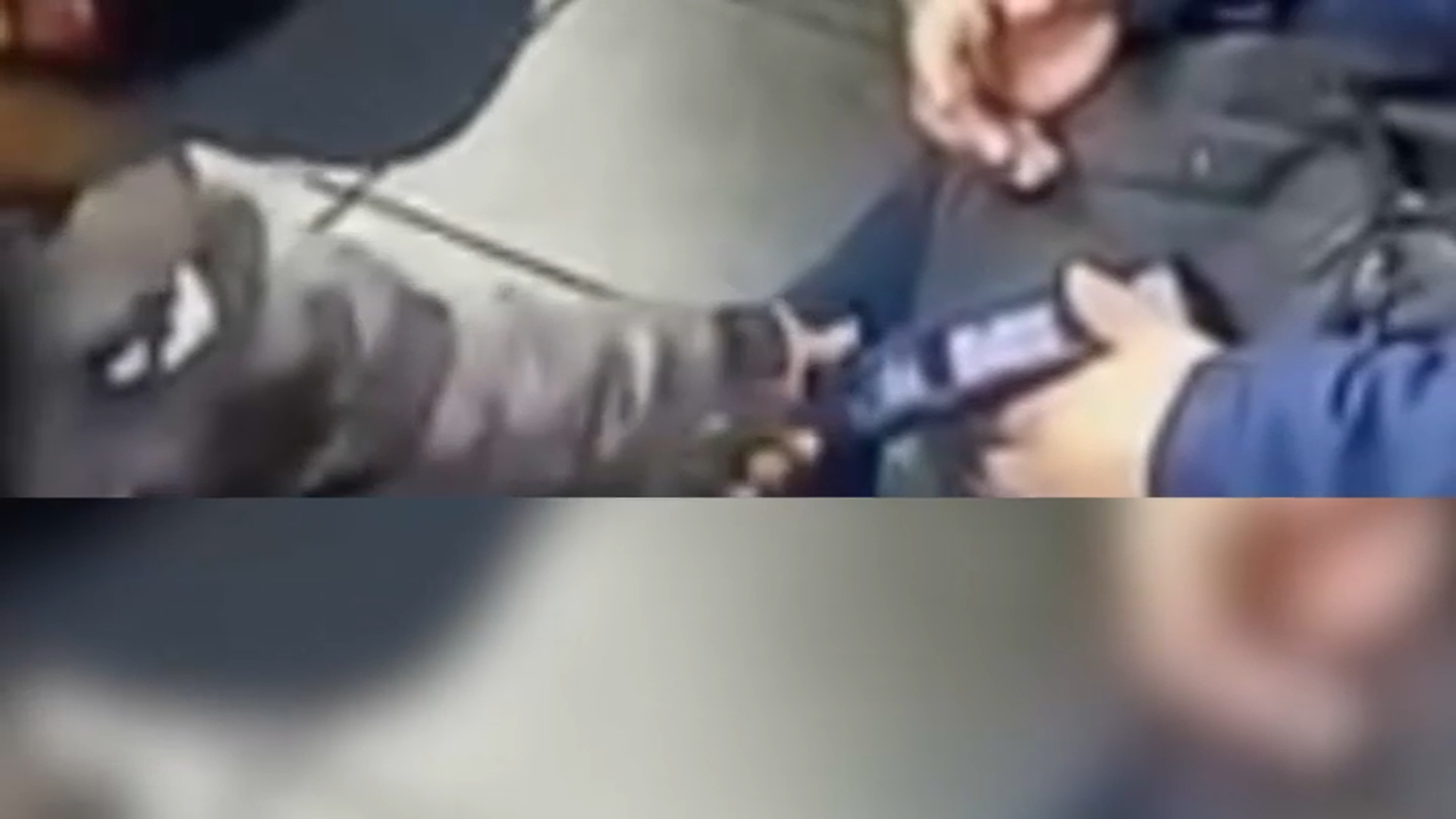What to Know
- A man who served 23 years for a murder in Staten Island had his conviction vacated after exculpatory evidence about the case was uncovered, the Richmond County District Attorney's Office announced Thursday.
- An investigation by the Richmond County District Attorney's Office Conviction Integrity Review Unit to the courts vacating the 1997 murder conviction of Grant Williams, who was incarcerated for 23 years for the homicide of Shdell Lewis on Staten Island. Williams, who is now 50, was paroled in 2019.
- The reinvestigation by the Staten Island District Attorney’s office uncovered exculpatory evidence about the case, including a number of credible witnesses who gave testimony to the innocence of Williams.
A man who served 23 years for a murder in Staten Island had his conviction vacated after exculpatory evidence about the case was uncovered, the Richmond County District Attorney's Office announced Thursday.
Richmond County District Attorney Michael McMahon said that after an investigation by his office’s Conviction Integrity Review Unit he has agreed to vacate the 1997 murder conviction of Grant Williams, who was incarcerated for 23 years for the homicide of Shdell Lewis on Staten Island. Williams, who is now 50, was paroled in 2019.
The reinvestigation by the Staten Island District Attorney’s office uncovered exculpatory evidence about the case, including a number of credible witnesses who gave testimony to the innocence of Williams.
Get Tri-state area news and weather forecasts to your inbox. Sign up for NBC New York newsletters.
Additionally, it was discovered that identification procedures used by police at the time did not meet with modern standards or current best practices for ensuring fair and impartial justice.
“A reinvestigation of this case by my office’s Conviction Integrity Review Unit uncovered new evidence showing Mr. Grant Williams could not have committed the murder a Staten Island jury convicted him of carrying out in 1997," McMahon said in a statement. "Given the overwhelming amount of exculpatory evidence presented for the first time in this review, as well as a totality of the investigative circumstances in this case, which in several instances defy what we now accept as best practices, we now believe Mr. Williams to actually be innocent and conclude that our justice system failed him. Accordingly, we are consenting to the vacating of his conviction and the dismissal of the case."
McMahon's statement goes on to say: “As prosecutors, we have a legal obligation and an ethical duty to ensure that the right person is convicted for the crime charged. Justice depends on us not only correcting these past mistakes but working diligently to avoid the same errors from happening again.
News
RCDA CONVICTION INTEGRITY REVIEW UNIT LAUNCHES REINVESTIGION OF CASE
In May 2017, Williams’s attorney, Irving Cohen, contacted RCDA to request a conviction review of the case and presented new information he had discovered that cast doubt on the identification of his client as the shooter, including at least a dozen witnesses who gave affidavits attesting to his innocence. At the time of the incident, there was initially only one independent eyewitness who identified Williams as the shooter.
The RCDA made the decision to launch a full review of the case after further investigation showed no other evidence existed to implicate Williams in this murder – no confession, DNA or fingerprints, video recordings or cell phone evidence connecting him to the crime, or any other forensic or independent corroboration of witnesses.
In total, investigators interviewed over thirty-five fact witnesses and traveled to seven states and five different correctional facilities in connection with this reinvestigation.
THE CASE
According to the district attorney's office, the night of the shooting, April 5, 1996, at about 6:00 p.m., the victim, Shdell Lewis, was with a close family friend, exiting the building where they both lived at 45 Warren Street, one of the buildings within the Stapleton N.Y.C.H.A Housing Complex, when someone approached and shot him.
Nearby police officers heard the shots fired and responded to the scene. They allegedly observed the shooter with the gun in his hand, and the officers exited their vehicle and gave chase. The shooter managed to escape, but during the pursuit, a baseball hat with a “WuTang” logo had fallen off the shooter’s head, which police later recovered.
About an hour after the shooting, detectives at the scene spoke with a 17-year-old witness who gave a possible motive for the shooting: an ongoing drug turf war within the Stapleton Housing Complex, the district attorney's office said. The teen claimed that the shooting may have been in retaliation for a prior incident involving Lewis and an individual he referred to by the nickname “BooBoo.” The teen's account of the events of the night of the homicide would go on to change several times – specifically with respect to his ability to see and identify the shooter, and as to whether it was “BooBoo.”
Detectives on the case ran the name “BooBoo” and confirmed it was a nickname associated with Williams, and began their focus on him as the suspect in Lewis’ murder.
The night of the murder, when detectives arrived at the victim’s home to speak with his parents, the family friend who had been walking with Lewis at the time of the shooting was also there and told detectives that he was present at the time of the shooting, and that he knew and could identify those involved. When police said they were searching for Williams as the main suspect, the victim's friend was adamant that Williams was not the shooter. However, this information was not memorialized in any way, and it remained undisclosed to the prosecution for months.
Focused solely on Williams as a suspect, the police obtained a 1994 photograph of Williams from Staten Island parolee files. Police pulled several other parolee photos, using a description of “light-skinned, short hair, some facial hair” as fillers for the photo spread. However, there is no record anywhere that describes the shooter in those terms, but rather, police used a description to closely match the two-year-old parolee photo of Williams at that time. These photos were then shown to three additional civilian witnesses that night, with just one identifying Williams as the shooter.
Ultimately, Williams was arrested in connection with the murder and his trial began in November 1997. The trial ended without any forensic evidence, surveillance video, fingerprints to tie the defendant to the scene, or DNA, which was not readily available at the time, the district attorney's office said.
Within an hour the jury returned a verdict of guilty of Murder in the Second Degree and Williams was sentenced on Jan. 22, 1998 to life imprisonment with the eligibility of parole at twenty-five years.
In the year 2000, Williams, filed a motion demanding that the “WuTang” baseball hat that had been worn by the shooter and fell when the police pursued them after the shooting, be tested for DNA. However, the hat had already been destroyed according to the NYPD Property Clerk’s normal procedures, the district attorney's office said.



